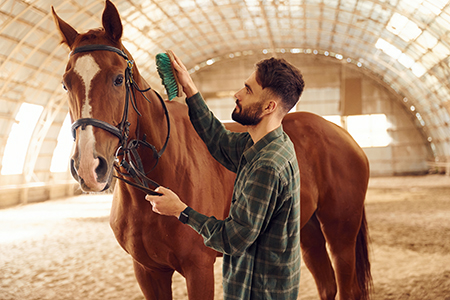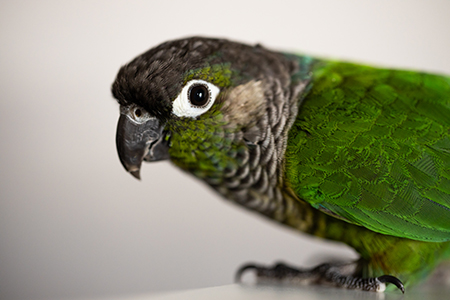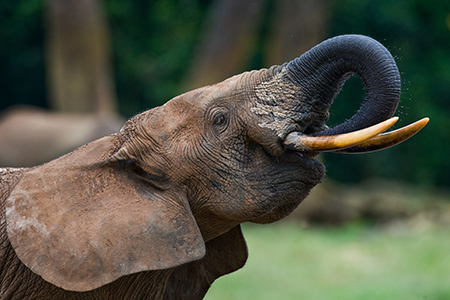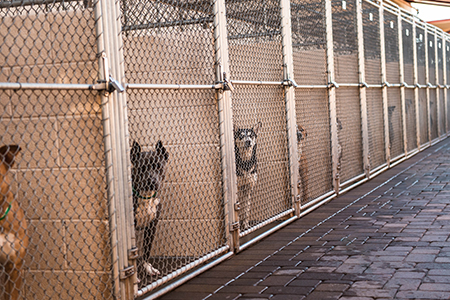 Agriculture, Pet Care
Agriculture, Pet Care  No Comments
No Comments Care and Common Sense for Pets and Livestock During the Cold Snap
It’s officially winter, and the cold is coming on strong in many parts of the country. This year, meteorologists are predicting the coldest Christmas in decades – a chill deep enough to threaten pets, livestock, and wildlife.
For livestock, this means making sure their housing is dry and insulated, that they have plenty of food and water – and that their water isn’t frozen. With animals that require heat lamps or heaters, care must be taken to make sure to avoid fire hazards, too – make sure the cure isn’t worse than the disease!
When it comes to our pets, care is simultaneously simpler and more complicated – use our eyes, knowledge of our companions, and a healthy dose of common sense. Don’t deny a young and healthy Alaskan Malamute a chance to rollick in the snow for a bit. That’s literally what they are made for! On the other hand, an older, short-haired pet might only be comfortable going outside for a minute or two.
Also, make sure to keep their feet clean and dry (this is especially important if you live where deicers are used). Our pets all have different needs and preferences; being aware of them and employing common sense will go a long way toward keeping them comfortable and safe during this cold snap!
Resources
★ Resources to protect animals during upcoming cold weather
★ Southern US cold snap could have iguanas falling from trees in Florida









